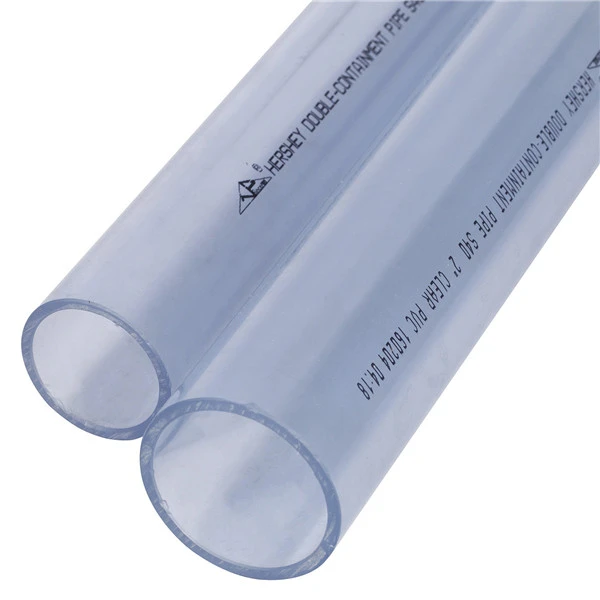Nov . 04, 2024 15:43 Back to list
Understanding the Applications and Benefits of Polyethylene Pipe Fittings in Modern Plumbing Systems
Understanding Polyethylene Pipe Fittings A Comprehensive Guide
Polyethylene pipe fittings are essential components used in various piping systems, particularly for water supply, irrigation, and industrial applications. With their versatility, durability, and resistance to corrosion, polyethylene fittings are becoming increasingly popular in modern plumbing and construction projects. This article explores the features, types, applications, and advantages of polyethylene pipe fittings, providing a thorough understanding for homeowners, contractors, and engineers alike.
What is Polyethylene?
Polyethylene (PE) is a type of thermoplastic polymer widely used in the production of various plastic products. It is known for its flexibility, chemical resistance, and toughness, making it an ideal material for pipes and fittings. Polyethylene pipe fittings are designed to connect sections of polyethylene pipes, enabling a seamless flow of liquids or gases. These fittings are available in various forms, including elbows, tees, couplings, and more.
Types of Polyethylene Pipe Fittings
Polyethylene pipe fittings can be categorized into several types based on their designs and applications
1. Elbows These fittings allow for directional changes in the piping system, typically available in 90-degree and 45-degree angles, helping to navigate around obstacles.
2. Tees Used to connect three sections of pipe, tees enable branching of the flow, allowing for connections to other pipelines.
3. Couplings Couplings are used to join two sections of pipe together, providing a tight seal to ensure no leakage.
4. Adapters These fittings enable the connection of polyethylene pipes to other materials such as PVC or metal, enhancing the compatibility of different piping systems.
5. End Caps End caps are used to seal the end of a pipe, preventing flow and ensuring the system remains airtight.
6. Reducers These fittings connect pipes of different diameters, facilitating the transition between large and small pipes without disrupting the flow.
Applications of Polyethylene Pipe Fittings
Polyethylene pipe fittings find applications across various industries, including
- Water Supply Systems Used in municipal and residential water distribution, these fittings help connect pipes that transport drinking water safely and efficiently.
polyethylene pipe fittings

- Irrigation In agricultural applications, polyethylene fittings are vital for drip and sprinkler irrigation systems, providing farmers with reliable water delivery
.- Wastewater Management Polyethylene fittings are also employed in sewage and drainage systems, where their resistance to corrosion makes them ideal for handling effluents.
- Gas Distribution Due to their strength and durability, polyethylene fittings are used in natural gas and propane distribution systems.
- Industrial Applications Many industries rely on polyethylene fittings for various fluid transport systems, thanks to their resistance to chemicals and temperature variations.
Advantages of Polyethylene Pipe Fittings
Several benefits make polyethylene pipe fittings a preferred choice for many applications
1. Corrosion Resistance Unlike metal fittings, polyethylene does not rust or corrode, ensuring a long service life and reducing maintenance costs.
2. Lightweight and Easy to Handle Polyethylene fittings are significantly lighter than their metal counterparts, making transportation and installation simpler and more cost-effective.
3. Flexibility The flexibility of polyethylene allows for easy installation, especially in tight spaces or uneven terrains.
4. Low Friction Loss The smooth interior surface of polyethylene fittings minimizes friction losses, promoting efficient fluid flow.
5. Cost-Effectiveness Due to their durability and reduced maintenance needs, polyethylene fittings can be a more economical choice over time compared to other materials.
6. Environmentally Friendly Polyethylene is recyclable, contributing to lower environmental impact compared to non-recyclable materials.
Conclusion
In summary, polyethylene pipe fittings are crucial elements in the broader context of piping systems. With their wide range of types, versatile applications, and numerous advantages, these fittings are essential for ensuring efficient and reliable fluid transport in various sectors. Whether for residential plumbing, agricultural irrigation, or industrial processes, choosing the right polyethylene fittings can significantly impact the longevity and efficiency of the entire system. As technology continues to advance, the use and innovation of polyethylene fittings are likely to expand, paving the way for even more efficient and sustainable plumbing solutions.
-
High-Quality PPR Pipes and Fittings Durable ERA PPR & PVC PPR Solutions
NewsJul.08,2025
-
Black HDPE Cutting Board - Durable, Non-Porous & Food Safe HDPE Plastic Cutting Board
NewsJul.08,2025
-
High-Quality CPVC Panel Durable HDPE & PVC Panels Supplier
NewsJul.08,2025
-
Double PE Welding Rod Supplier - High Strength, Durable & Versatile Welding Solutions
NewsJul.07,2025
-
High-Quality PVC-O Pipe Supplier Durable 75mm PVC Pipe & Connections Leading PVC Pipe Company
NewsJul.07,2025
-
HDPE Drainage Pipe Supplier – Durable & Corrosion-Resistant Solutions
NewsJul.06,2025

